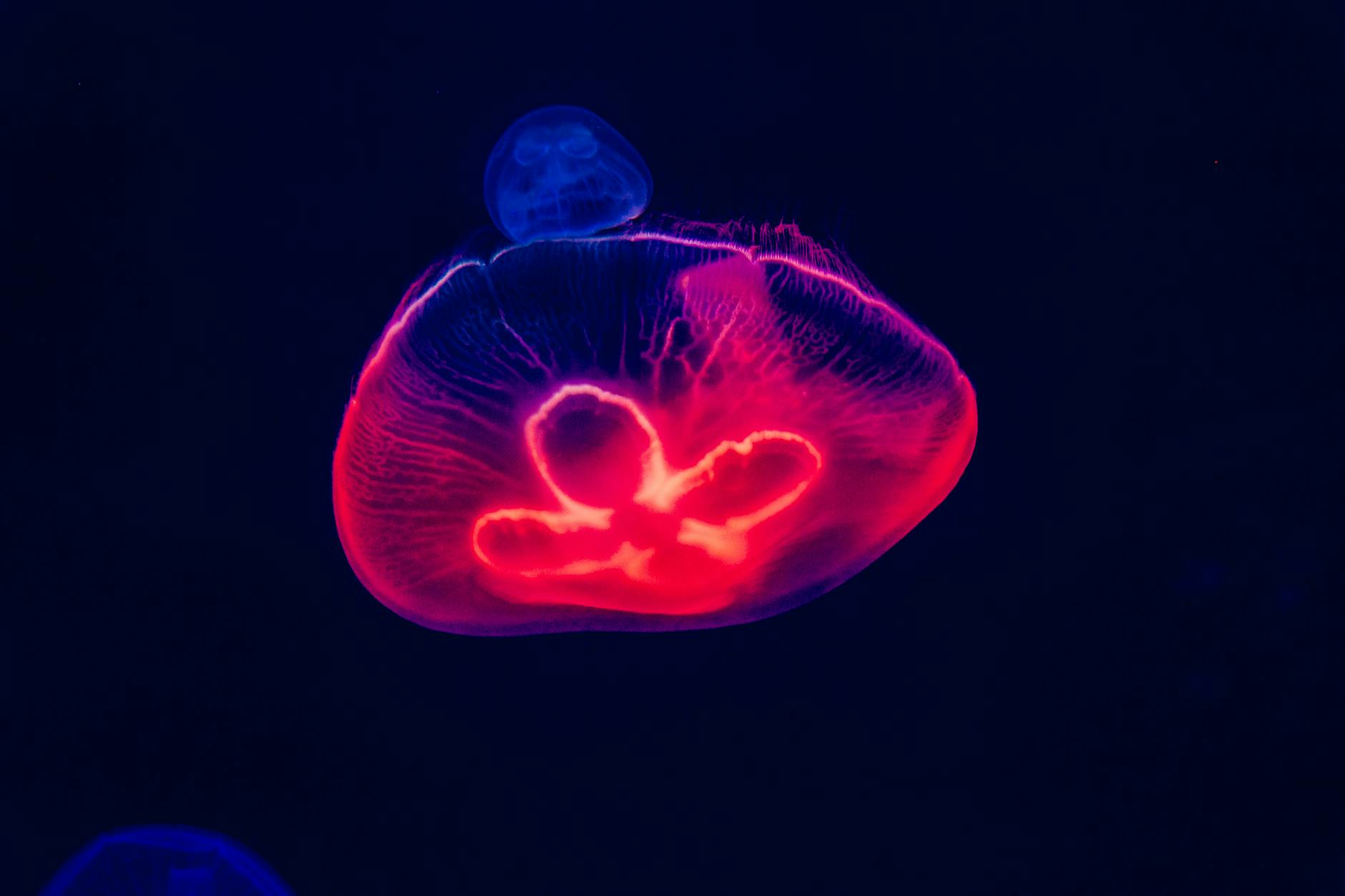In the realm of all things extraordinary, psychedelic art has always been unique when it comes to initiating a spectacle of vibrant, intricate, and somewhat unpredictable patterns. This particular form of art, often affiliated with the 1960s counterculture, creates stunning visual displays that provoke profound thought and incite sensory effects. The production and perception of such art can be partially explained through the lens of neuroscience, especially when we examine altered states of consciousness often associated with its creation.
According to science, the main focus of psychedelic art is to replicate or stimulate altered states of consciousness. These can occur naturally but are frequently associated with the usage of psychoactive substances. Neuroscience has made compelling strides in understanding how these substances change neural activity and influence perception.
The human brain is composed of billions of neurons, all interlinked in a complex, intricate framework. One prominent theory in neuroscience positing how psychoactive substances influence perception is through the concept of entropy, or randomness. According to this theory, substances such as psychedelics increase the level of entropy in the brain, resulting in a state of heightened chaos or disorder that can lead to intense sensory effects and free-forming, imaginative thought.
As entropy increases, the cerebral cortex – responsible for perception, cognition and conscious thoughts – undergoes significant changes. Neural activity becomes more varied and less predictable, fostering unexpected associations and perceptions, a phenomenon that could potentially explain the vivid, imaginative representations seen in psychedelic art.
Psychedelics also induce a neurological phenomenon known as synesthesia, a blend of senses where stimulation of one sensory pathway leads to involuntary experiences in a second sensory pathway. A user might ‘see’ sounds, ‘taste’ colors, or ‘hear’ shapes. This intersensory dialogue often influences the creation of psychedelic art and forms the crux of its audience’s perceptive experience. The viewer is drawn into a multi-sensory experience, a thoughtful spectacle that transcends the conventional bounds of art.
From a psychological perspective, the cognitive shifts linked with psychedelics offer insights into processes such as mindfulness, creativity, and open-mindedness. In a study from PLOS ONE, it emerged that psychedelics could aid in temporarily disengaging the brain’s default mode network (DMN), which is usually highly active during self-related thoughts and past-focused rumination. As a result, the individual becomes more present-focused, open to novel views, and less judgemental.
Psychologists suggest that visual illusions, common in psychedelic art, work by exploiting the shortcuts our brain uses to decipher the sensory input it receives, thus allowing artists to manipulate perception. Vasily Kandinsky, a pioneer of abstract art, once stated that, “Color is a power which directly influences the soul.” This sentiment harks back to the inherent ability of color and unusual visual styles to evoke an almost subconscious response in viewers, thus enhancing the emotional depth of the experience.
In conclusion, the science behind the perception of psychedelic art and its creation interweaves threads from various disciplines including neuroscience, psychology, and cognition. It offers a transformative look into the complexities of human consciousness and the mutable fabric of perception. Beyond offering an avenue to explore altered states of consciousness, this artwork reminds us of the diverse ways we interpret our sensory worlds, prompting a dialogue on the flexibility and magnificence of the human mind.




